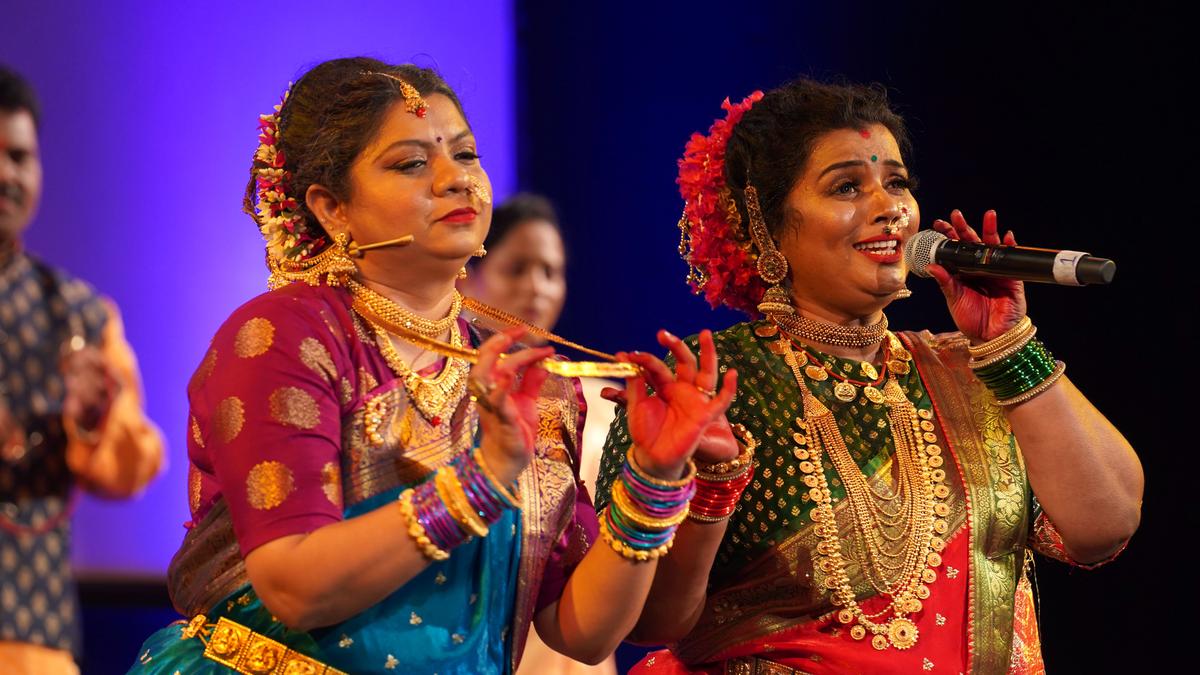
Lavani: A folk form that demands more than just hoots and whistles
The Hindu
Savitri Medhatul and Kali Billi Productions (KBP) from Mumbai, brings its production Lavanyavathi to Bengaluru
Gear up for a vibrant performance that is equal parts sassy, classy and entertaining. It is a world where the peppy beats of dholak are accompanied with the beats of ghungroos and intricate footwork, of a dancer who can flirt with her looks and dance with her eyebrows — all set to a fair share of hoots, whistles, and catcalls.
This is the vibrant world of Lavani, a folk dance form from Maharashtra. Known for being unapologetically fun, it also sends across a message that you do not always need to be serious when it comes to art and life.
“That is the fun part of Lavani,” says Savitri Medhatul, founder of Kali Billi Productions and director of Lavanyavati, which she will be bringing to Bengaluru. “It is a storytelling medium that can tackle anything from politics to family drama, all with a healthy dose of humour.”
Lavanyavati is Savitri’s latest production. “I’ve been collaborating with Lavani artistes since 2006, says the dancer, choreographer, and a documentary filmmaker. “With this production we talk about the rich history of Lavani and its evolution in the past 250 years. Lavani has undergone a stunning transformation over the years, and I’m not just talking about the music and dance, but also about the attitude and its unstoppable energy”.
Lavani would not be complete without mentioning its flirtatious aspect, including the teasing and pushing of boundaries, says Savitri. “There is a bit of a flirt in each of us, and if we can use that to talk about important issues, in a fun manner, why not?” Lavani, Savitri adds is often considered an item number because of its Shringara rasa. “This form goes beyond fun and frolic.”
A classical dancer-turned-Lavani enthusiast, Savitri believes Lavani is about liberation. “It’s about breaking free from conventions and embracing your inner diva. We’re also about inclusivity here. Folk art gives you that freedom.”
Lavani, Savitri says, was initially performed by men dressed as women when women were not allowed on stage. “Its genesis was in a patriarchal set up. It was only later that women took over and made Lavani their own, bringing in their perspectives. For instance we have Lavanis that talk about menstruation, when the woman teasingly tells the man she needs a break.”

 Run 3 Space | Play Space Running Game
Run 3 Space | Play Space Running Game Traffic Jam 3D | Online Racing Game
Traffic Jam 3D | Online Racing Game Duck Hunt | Play Old Classic Game
Duck Hunt | Play Old Classic Game











